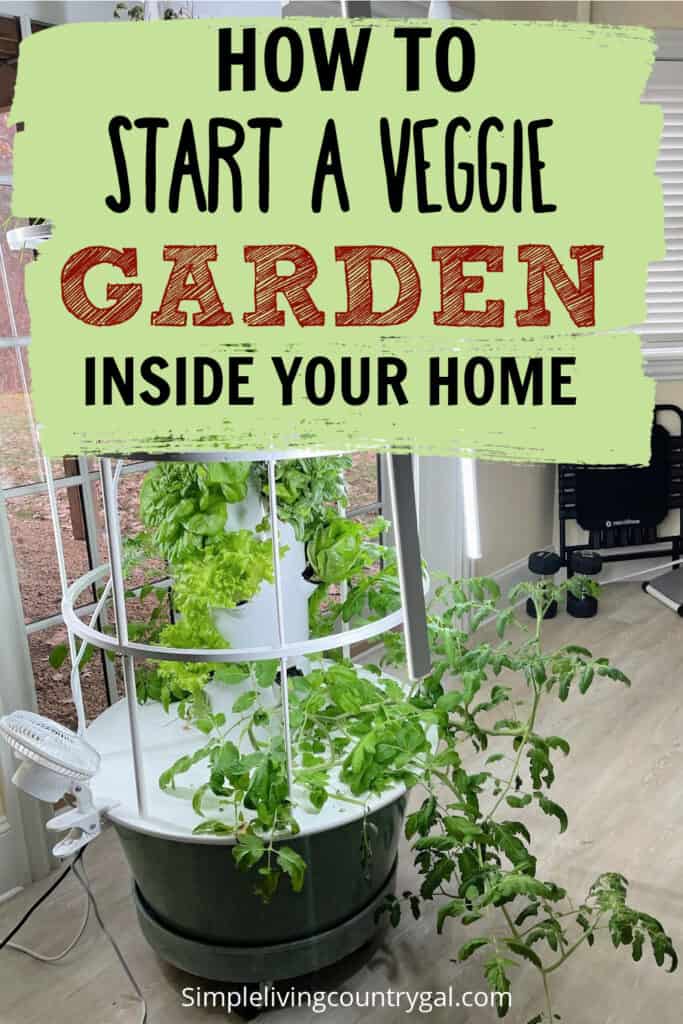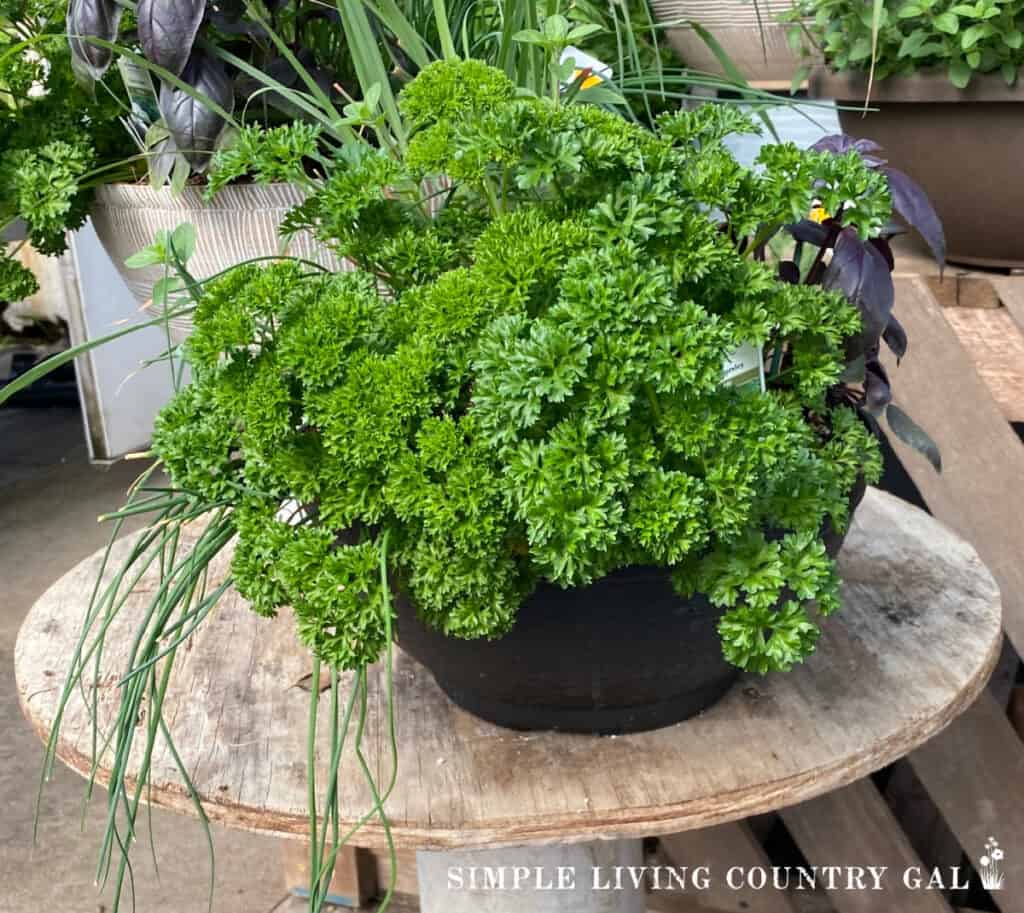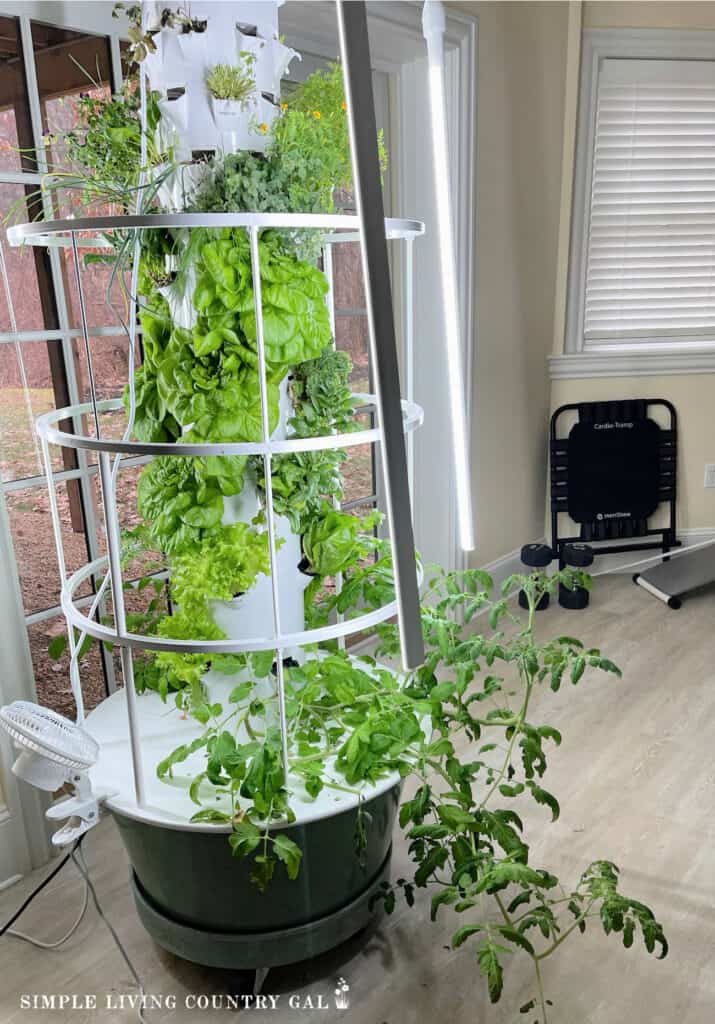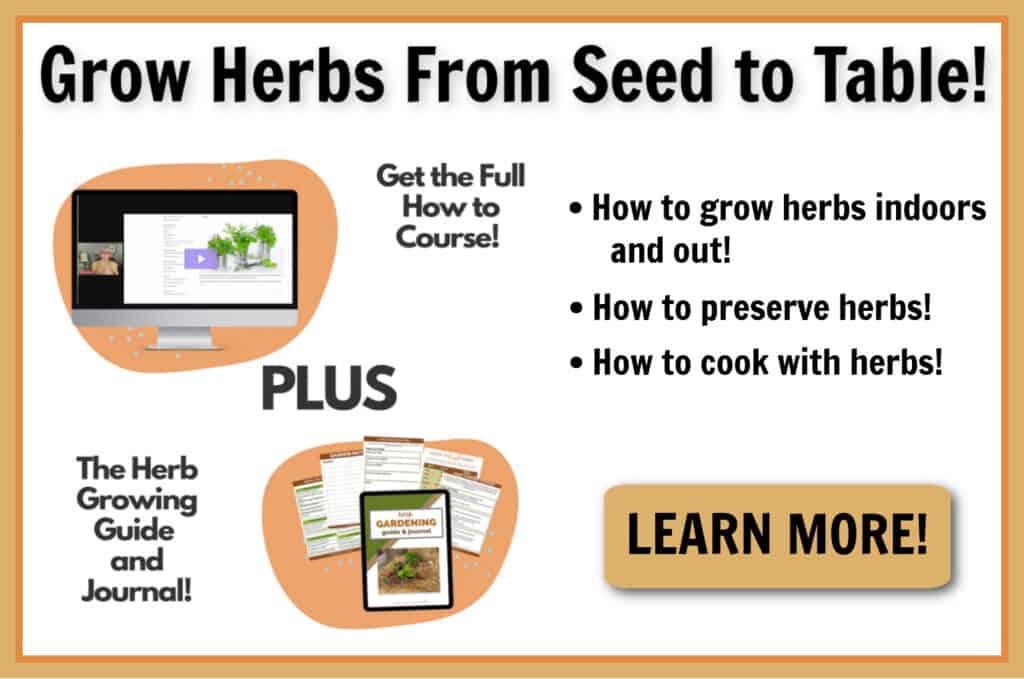how to start a vegetable garden indoors
If you have a short growing season, this article on How to Start a Vegetable Garden Indoors will help you extend it all year round.
Gardening 101 isn’t just for summer tips; it includes all 12 months. Know what you need to do to grow the veggies you love, even in the dead of winter.

We all love the taste of fresh veggies in the summer. And that is usually the reason most of us garden year after year.
But what about the rest of the time?
How great would it be to enjoy ripe red tomatoes while the snow is falling outside your window?
I am going to walk you through how to grow an indoor garden, what tools you need, how to set things up, and even more tips to help you be successful in growing vegetables indoors all year long.
What vegetables can you grow indoors?
You can grow a surprisingly large variety of vegetables indoors.
- Mini Peppers
- Cherry Tomatoes
- Carrots
- Lettuce, Spinach, and baby greens
- Herbs

how to start a vegetable garden indoors
Let’s start off with the tools and equipment you can have on hand before you get started.
Tools You Need
There are a few very specific tools and equipment you will want to have so you are more successful growing indoors.
#1. Containers – In most areas, you can use any container to grow veggies indoors. If you live in a colder climate, you may want to invest in indoor growing containers and/or setups. When choosing containers for your plants, make sure they have proper drainage holes at the bottom and are the right size for your plants.
#2. Potting soil – Look for soil that is for indoor use and is light and fluffy.
#3. Seeds – Purchase any seeds for the veggies you hope to grow indoors.
#4. Lights – Grow lights will help imitate the outside sun helping your indoor garden to flourish. You can even add a timer to your grow lights to ensure that your plants get adequate light for optimal growth.
Where to Grow Your Plants
When setting up your indoor garden, choose a spot in your home that gets plenty of natural light. If your home doesn’t provide natural light through windows, you can use grow lights to provide sufficient lighting.
South-facing windows or balconies are the best for growing vegetables indoors. If you live in a high-rise building, you can consider building an indoor greenhouse for your plants.
Indoor Growing Setups You Can Use
You can use many setups depending on your preferences and space limitations. There are tiered setups, countertop growers, or even hanging planters if you want to save space. You can even use old plastic bottles or containers to grow your plants if you’re on a tight budget.
For more advanced growers, hydroponics is also an option.

What to Watch For
Growing vegetables indoors can be tricky, but it’s not impossible. You need to be careful about over or under-watering your plants, pests, and diseases. Watch for pests like mites, fungus gnats, and whiteflies. They can harm your plants and introduce diseases that can kill your plants.
Ensure that you maintain proper hygiene and use organic pest control methods like neem oil or insecticidal soaps.
Growing Timeline
The timeline for growing vegetables indoors can vary from plant to plant. Check the packaging of your seeds for guidance on the growing timeline of your plants. Typically, you can expect to harvest your plants within two to four months of planting the seeds.
As your plants grow, keep them trimmed so they do not take over your indoor area.

Growing veggies indoors is a fun and rewarding activity, and with the right tools and techniques, you can enjoy fresh produce all year round.
Follow the tips we’ve shared, and you’ll be on your way to a bountiful indoor garden. Remember to choose the right plants, keep them healthy, and avoid common mistakes like overwatering or using too much fertilizer.
With a little patience and care, you can start reaping the benefits of home-grown veggies in no time.
More Gardening Resources:
- How to Grow Herbs in Containers
- Easy Container Gardening Tips for Beginners
- How to Grow Tomatoes in Pots
Q3: When should I start my indoor vegetable garden?
A3: The best time to start your indoor vegetable garden is in the spring or early summer, when temperatures are warmer and there is plenty of sunlight. Make sure you research the types of vegetables that can thrive indoors and prepare a space in your home that will provide adequate lighting for your plants. Additionally, it’s important to start with smaller plants as they are easier to manage. Finally, always check the soil moisture levels before you water your plants. Too much or too little can lead to poor growth.
